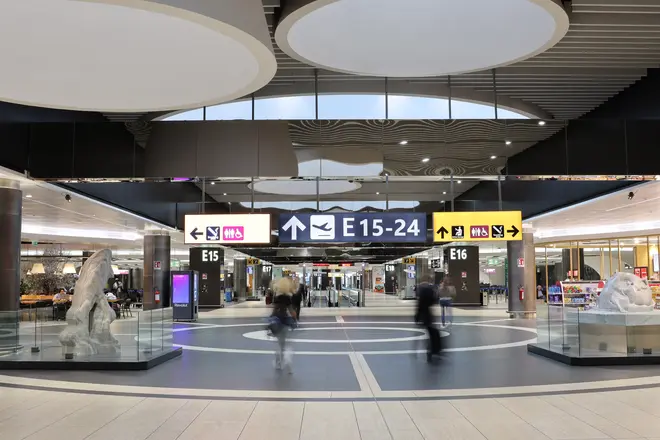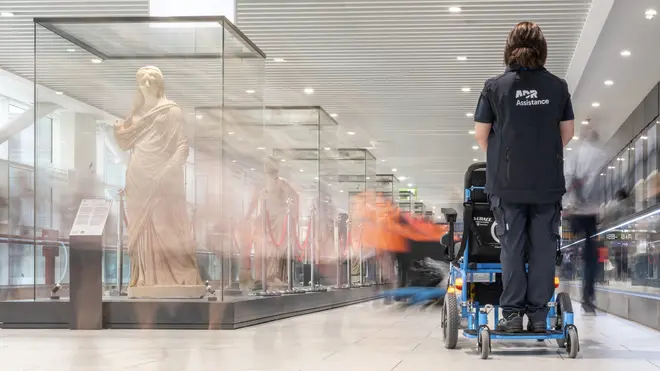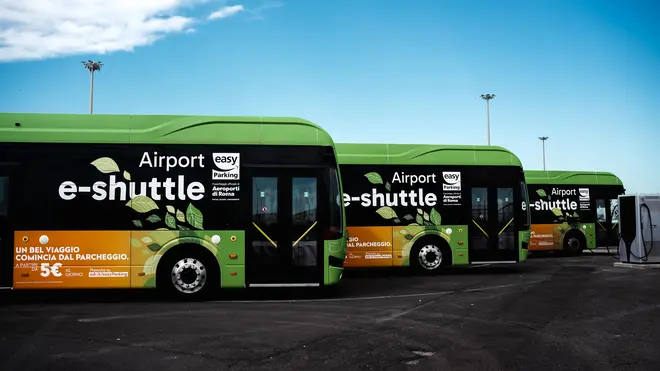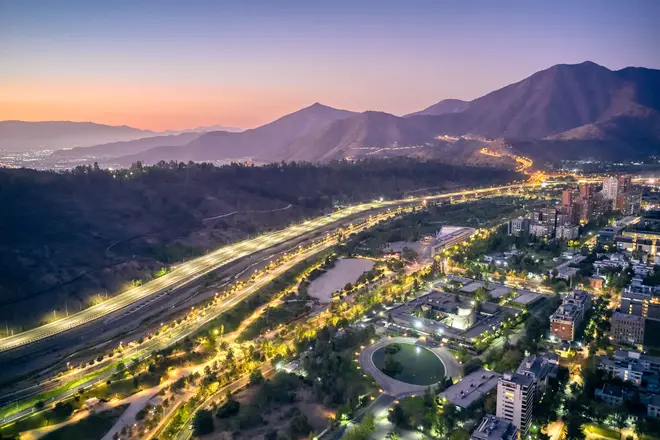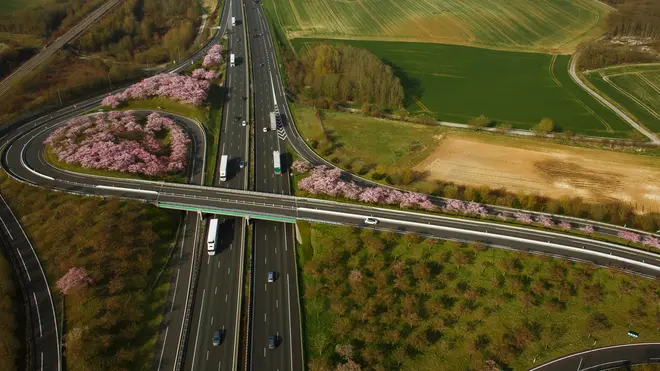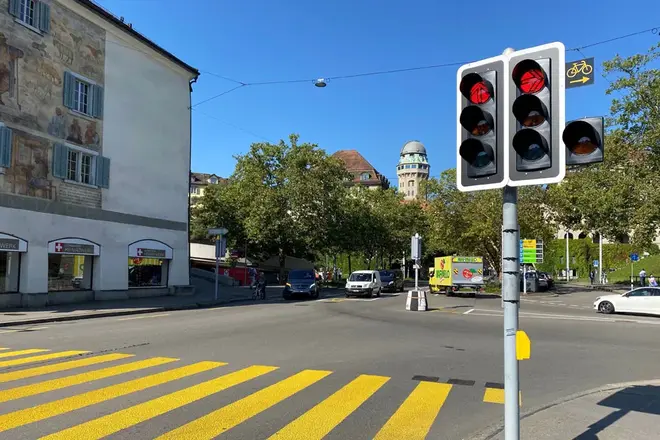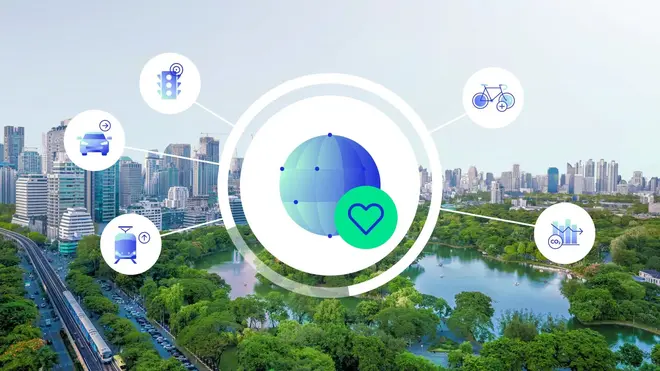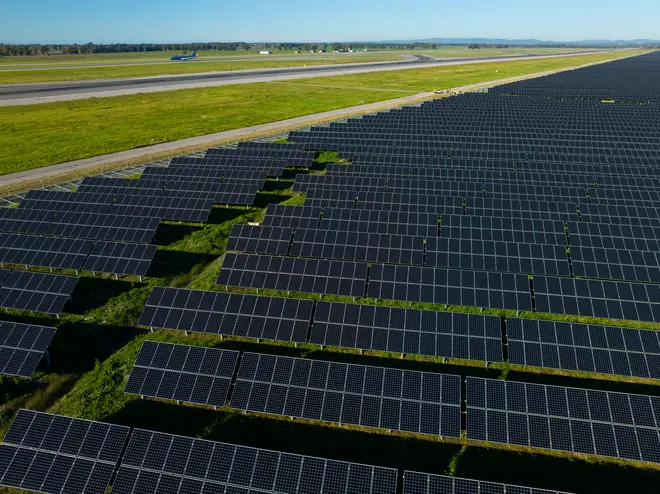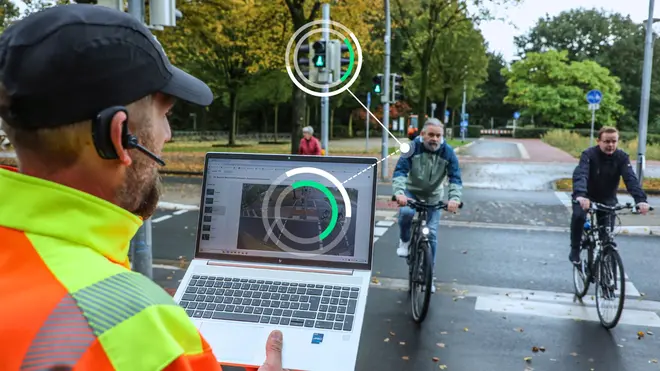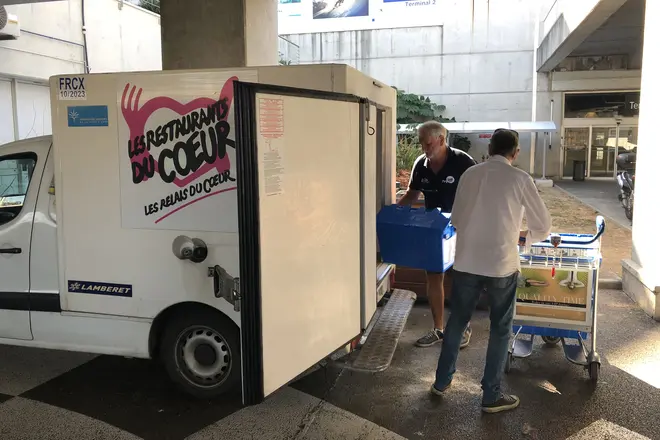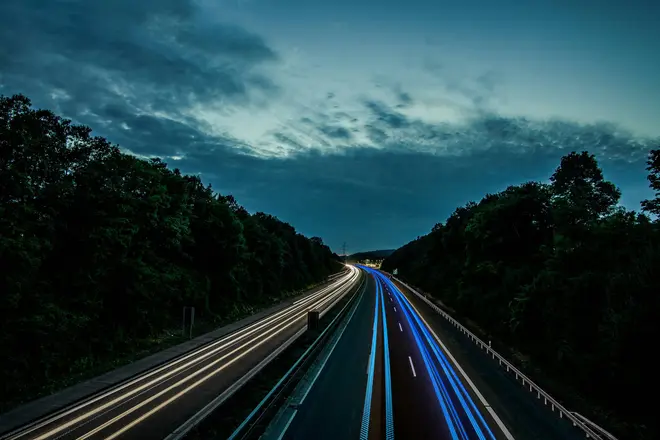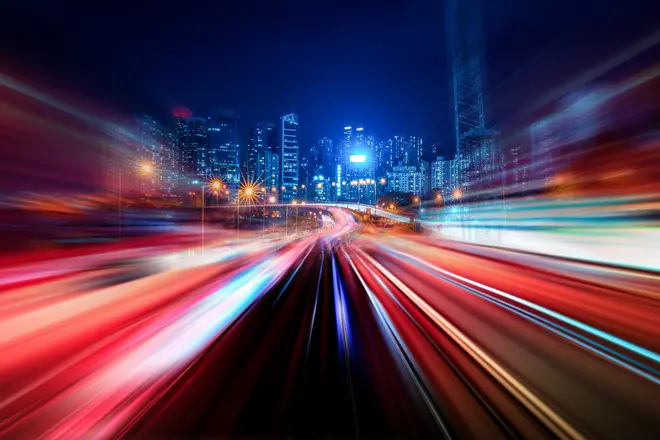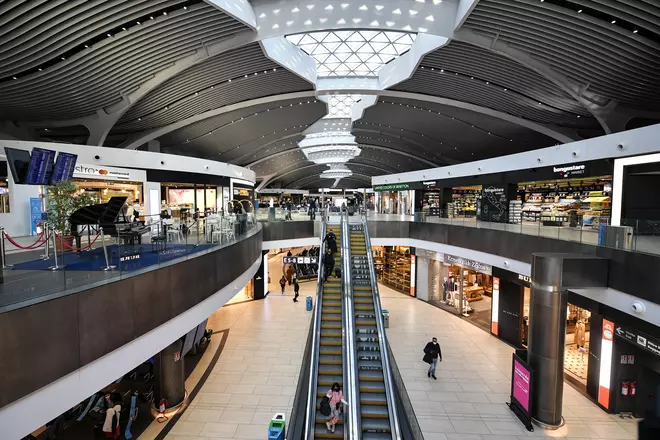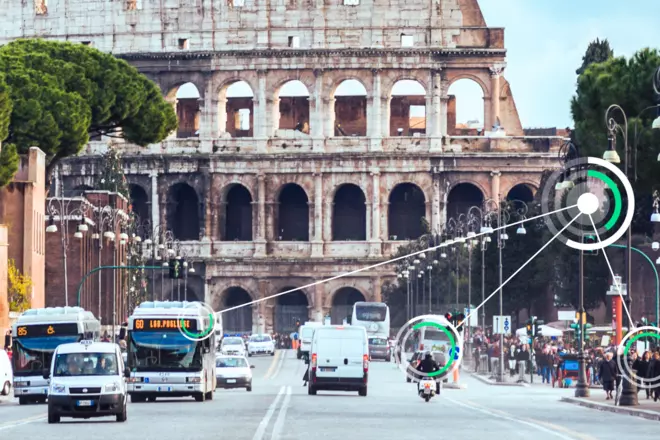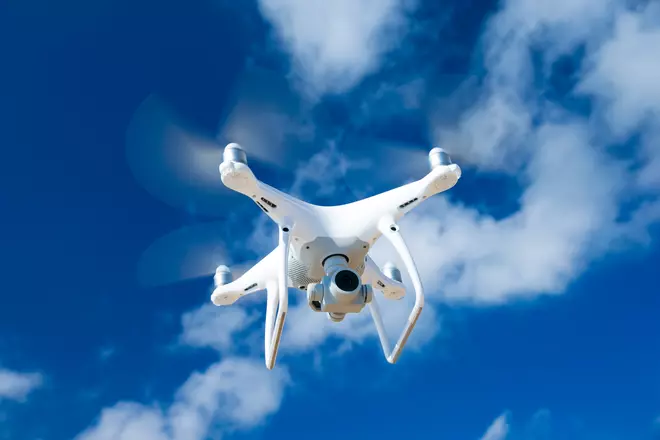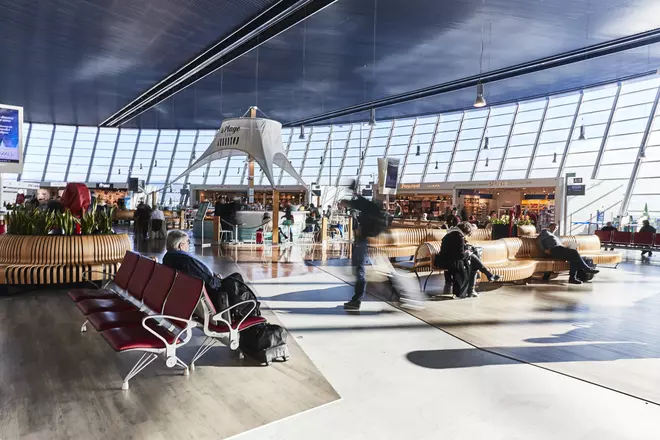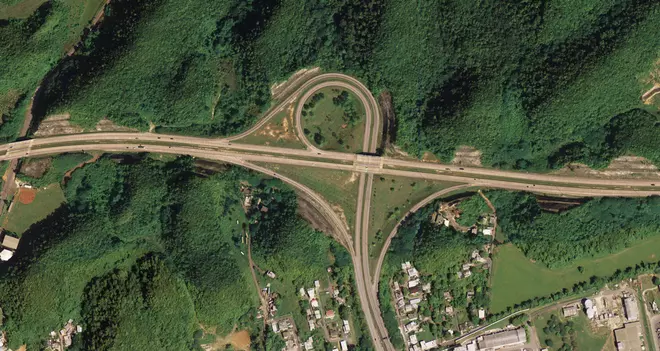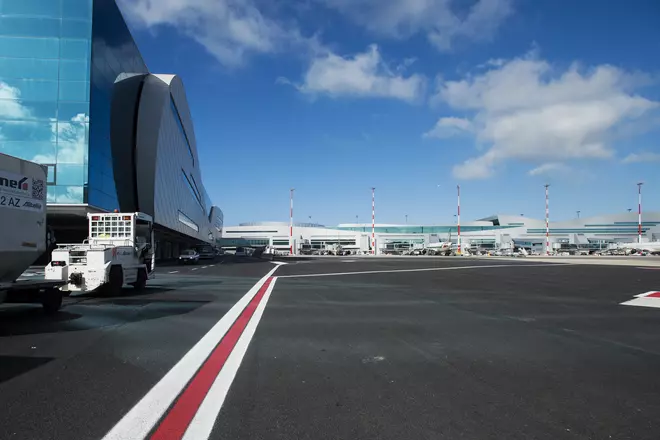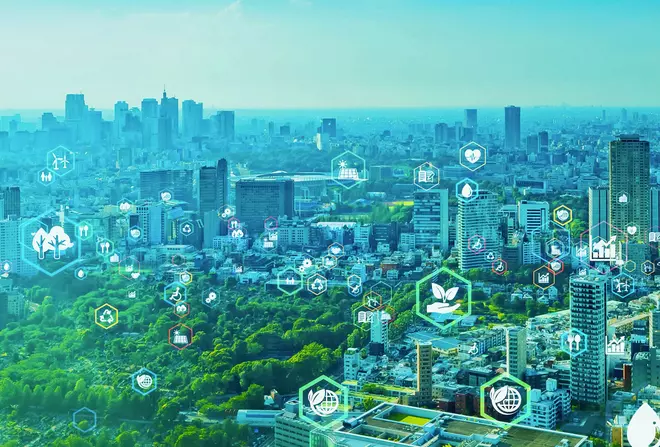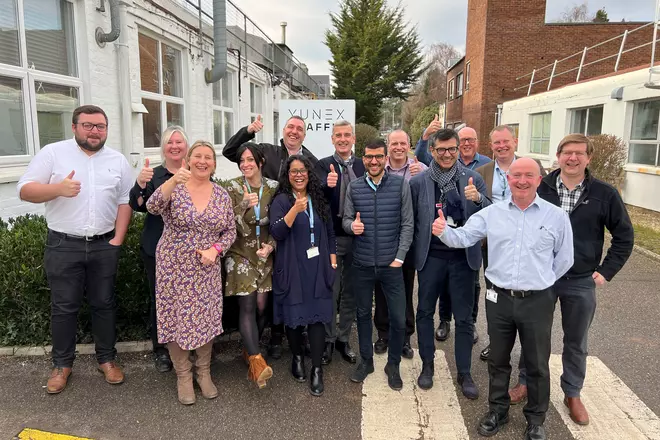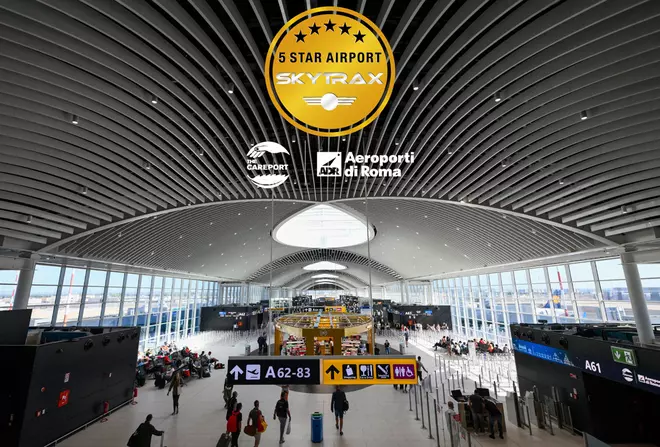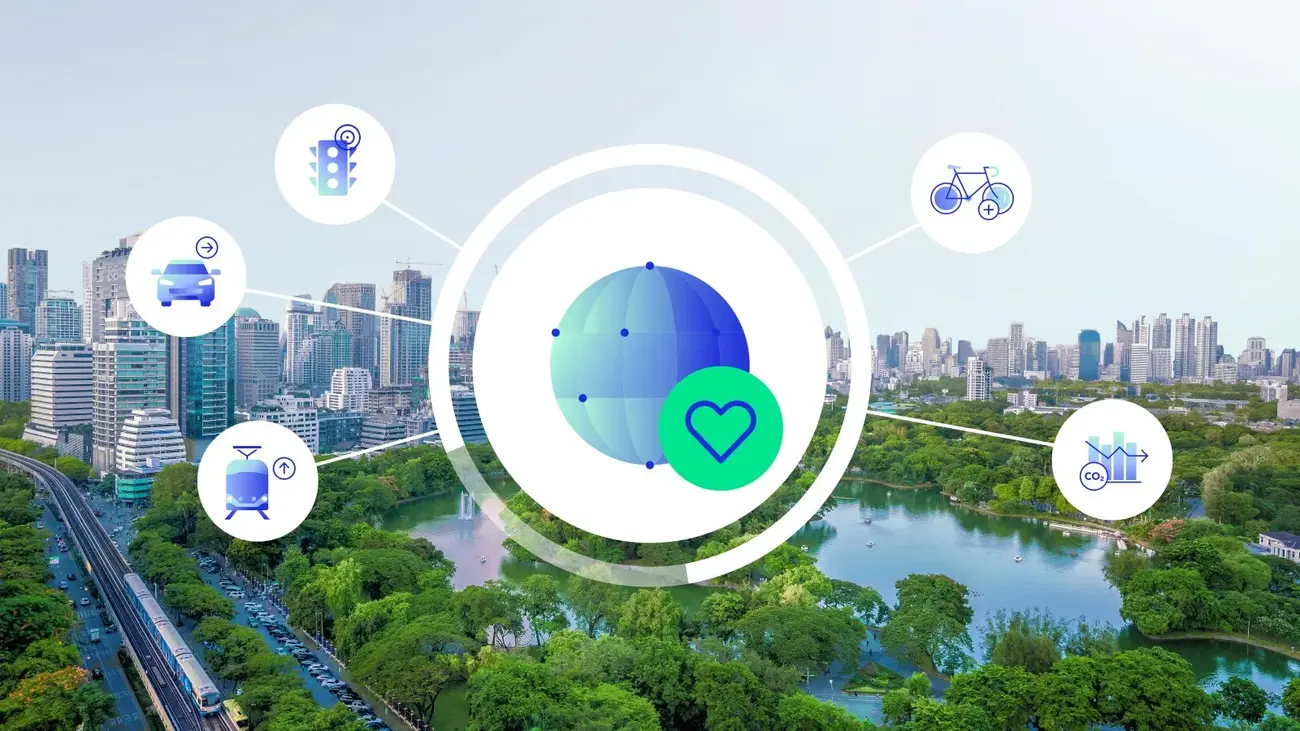
As a company operating in the Intelligent Transportation System (ITS) industry, our Asset Company Yunex Traffic aims to reduce CO2 emissions effectively, starting from openly acknowledge all the areas where their business is responsible for generating emissions, whether directly or indirectly. Below some examples of the action areas in which they are operating.
#1 Reducing emissions of business operations at Yunex Traffic
Yunex Traffic aims to be net zero across operations by 2040. To do that, for example, they are adjusting the use of office space to cut energy use by 25% before 2026, thanks to a more flexible work setup. To address the environmental impact of our vehicles, they are shifting half of the fleet (700 vehicles) to electric and alternative fuels by 2030. They are also working towards using 90% renewable electricity in our facilities by 2030, aiming to switch to cleaner energy wherever possible.
#2 Reducing the emissions of the Supply Chain
Being focused on reducing solely their own emissions is not enough but it is important also to consider those produced in the course of their collaboration with our suppliers. At Yunex Traffic, they provide cities, highway authorities, and mobility operators with the largest portfolio of end-to-end intelligent traffic management solutions. This extensive range of products naturally entails collaborating with numerous suppliers.
We aim to reach net zero emissions of our supply chain by 2050. On this journey, they have established intermediate targets, making sure they drive change as quickly and efficiently as possible. To ensure they meet their goal, they work closely with suppliers to gather transparent ESG disclosures, allowing for a thorough evaluation of their environmental impact. By providing guidance and resources, Yunex Traffic aims to create a collaborative ecosystem committed to sustainable practices, actively encouraging our suppliers to set absolute reduction targets themselves.
#3 Reducing the emissions of Yunex Traffic’s products and solutions
The deployment of urban infrastructure, including traffic lights and operational traffic management systems, contributes to CO2 emissions. These emissions are not only associated with the production phase but also emerge during the operational lifespan of our products and solutions. This is where Yunex Traffic wants to make a difference, being committed to achieving Net Zero emissions across the entire portfolio of products and solutions by 2050. By 2030, they aim to achieve an absolute CO2 reduction of 12% across our portfolio.
#4 Supporting customers on their journey of traffic emission reduction
As urban populations continue to grow, the demand for smarter cities, including smart mobility solutions, is now at the forefront of urban areas worldwide. And we are here to support this paradigm shift. With their GoGreen portfolio, for example, they offer a wide range of customized sustainable traffic management solutions to help our customers transform mobility, whether in urban areas or on the highways. The solutions provided in this portfolio help cities and traffic operators minimize the environmental damage and air pollution caused by road traffic and preserve the quality of life in our cities for generations to come. We offer solutions to save energy, strengthen sustainable modes of transport, reduce emissions and improve air quality.
Some of their customers have already implemented solutions for traffic emission reduction. For example, in the German city Wiesbaden, for example, the Environmental Traffic Management System (ETM), one of their GoGreen solutions, is making a positive impact by integrating air quality measurements, detecting pollutants, and analyzing weather and traffic data. This system helps forecast traffic patterns, allowing operators to proactively prevent congestion and pollution hotspots. Road users receive dynamic recommendations for speed and road use, resulting in less congestion, smoother traffic, and therefore traffic emission reduction, promoting healthier, safer, and faster journeys.
